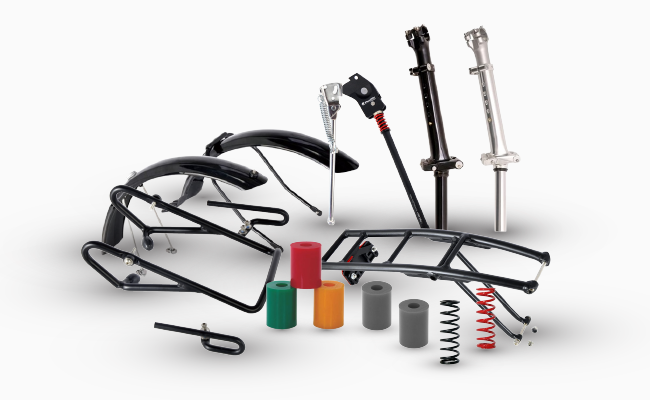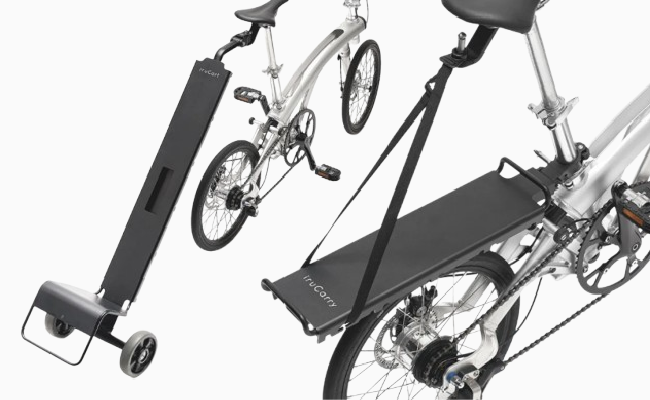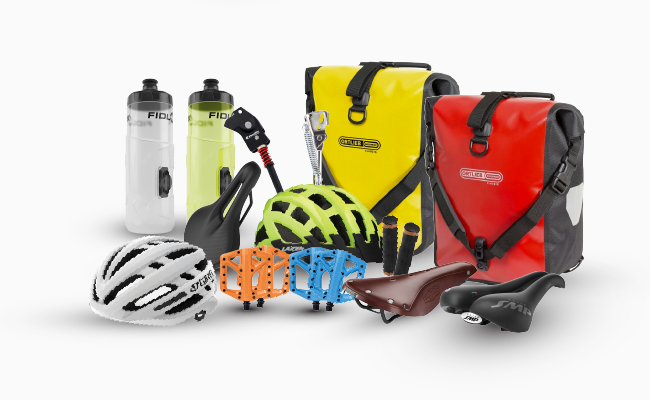
How the dreams of one man led to the urban transportation revolution - The rise of Segway-Ninebot
It’s been over 18 years since the Segway PT was first brought before the eyes of the world. Mr Dean Kamen, the inventor of the Segway, introduced the first prototype on ABC’s Good Morning America one fine Monday morning and forever changed the way people looked at Personal Transport.

The hype and media attention surrounding that first iteration of the Segway PT was huge. John Doerr, an early investor in Google and Amazon, predicted it would be bigger than the internet itself and would reach the $1 billion mark in revenue faster than any other product had at that point. All that hype was backed up by new and innovative technology. The Segway PT used gyroscopes to balance perfectly even though it only rode on two wheels, and did not need the use of handlebars or a steering wheel as drivers whizzed about by shifting their weight to propel the machine forwards or backwards.
The PT was truly innovative, even revolutionary. Kamen, who had spent parts of about six years developing the PT, spoke seriously of a car-free world. His employees talked about working with urban planners in China to design new cities around their two-wheeled transport. But eventually, it seemed that Kamen and his employees’ ambitions were not to be made a reality, at least not at that point in time.
Fast forward to 2013 - Roger Brown, a successful businessman, had just bought the Segway company for a mere $9 million. Segway PTs were now being used mainly by tour groups, mall cops and techies with too much money to spend. The next big thing never reached its full potential and society just deemed it too expensive and too dorky to be used as a day to day transport vehicle.
But Brown saw a global brand with a powerful distribution channel. An estimated six million tourists rode Segways on tours of cities like San Francisco and Washington, DC each year. He planned to buy other transportation companies focused on short trips, like e-bike start-ups, wanting to branch out into the tourism market even more.

Brown brought on new employees to change Segway's uptight culture. He led an effort to trim costs by reengineering a circuit board, ditching the PT's expensive gyroscope in favour of a cheaper solution, and negotiating a better battery contract. It worked! And Segway turned a profit within a year of Brown's arrival.
On 1 April 2015, Roger Brown sold the Segway company to the Chinese firm, Ninebot, on for more than $75 million. And it was then that the company known as Segway finally started to make the changes in the world its inventor had always dreamed of.
Ninebot Inc. was officially founded in 2012 by a group of robotic engineers interested in developing new technology for use in environmental protection and artificial intelligence. In 2009, the engineers attended the China-Korea-Japan Robot Seminar to present their designs for the first unmanned aerial vehicle used for research at Zhongshan Station in Antarctica. With an R&D team, the engineers combined the technologies of their autopilot and robotics software to develop a new type of self-balancing electric vehicle.
By 2015, the privately held company, whose main headquarters was in Beijing, China, was starting to become a recognized brand in Asia and Europe. Its investors include Sequoia Capital, Xiaomi Corporation and ShunWei TMT Capital. After the purchase of Segway, they quickly went about establishing strategic hubs in the US, Netherlands and Beijing as well as manufacturing centres in the US and China.
Ninebot introduced the Segway-Ninebot scooters shortly after Brown cashed out, triggering the scooter-sharing craze that has swept the world. Ninebot saw a company that shared its vision of improving urban transport. On top of that, they knew they could tap on Segway’s existing brand recognition to grow larger and even break into western markets.
After closing the deal with Brown, Ninebot immediately began to implement changes into Segway, molding it into what they envisioned and transforming the problematic, expensive and dorky Segway into a hip, cool and well-established brand for top-of-the-line e-scooters. Their new e-scooters sold like hotcakes. Just in 2018 alone Segway-Ninebot sold over 1 million scooters - ten times the amount of PT’s Segway had sold since it was first founded!
Scooter sharing and rental companies such as Bird and Lime quickly partnered up with the fast-growing e-scooter company, using the Segway-Ninebot e-scooters as a part of their plans to make urban scooter sharing a reality. The big boys of the shared-commuting world took notice. Uber and Lyft responded by launching their own scooter services. But even they saw the allure of the Segway-Ninebot e-scooters, and ended up using them in their endeavours as well.

One of the models that was particularly well received by the public was the Segway-Ninebot ES2. A commuter and bike sharing companies best friend, the ES2 was sleek, cool-looking and very reliable. The much more powerful successor to the ES1, the ES2 cruises around at a max speed of 25km/h. The max speed of 25km/h is more than enough for commuting in the city, and whilst it’s not the fastest electric scooter available, it comes packed with other features such as front and rear LED lights, sci-fi-looking foot deck floor lights, tubeless pneumatic self-healing tyres, a clear LED display and shock absorption for the front and rear tyres. The ES2 changed the e-scooter landscape, pushing Segway-Ninebot further up the line of well-recognized and trusted e-scooter brands. And what was set to follow it only further cemented their status as a growing powerhouse in urban transportation.

Introducing the Segway-Ninebot MAX e-scooter. A sturdy, well built beast of a machine, the hype surrounding Segway-Ninebot’s latest e-scooter is astronomical. Powered by a 350W brushless motor and a 36V 15Ah (ampere per hour) lithium ion battery, the MAX can go further than any of its predecessors. With a maximum range of 65km per charge, explore your city without worrying about it running out of juice. The MAX also comes with a one-step folding system that makes it the ultimate electric scooter for people who are always on the go. The MAX is designed to provide a smooth and safe journey. Drawing inspiration from traditional bicycle designs, the MAX has 10-inch tubeless pneumatic tyres with shock absorption technology to ensure you always have a smooth and stable ride on all terrains and at all speeds. The MAX is going to change the way that commuters travel, and it may be the push that Segway-Ninebot needs to truly become the No.1 e-scooter company in the world.
After almost two decades, the dreams of Mr Dean Kamen and his gifted employees are finally becoming a reality. This may have not been what they had envisioned, but the goals they had set out for themselves all those years ago are finally being met by Segway-Ninebot. Lightweight electric vehicles, long ridiculed as an expensive toy for nerds, are finally getting their time in the limelight.






